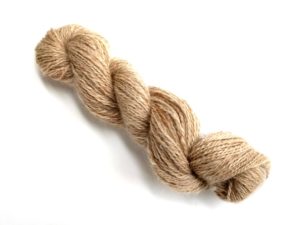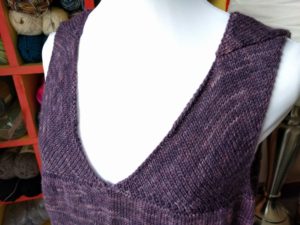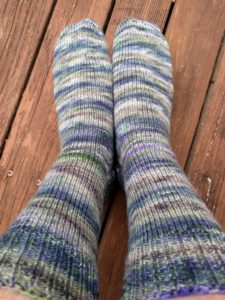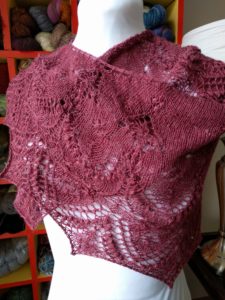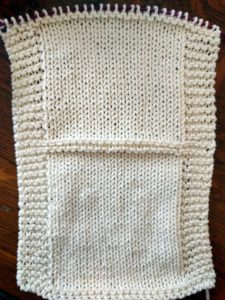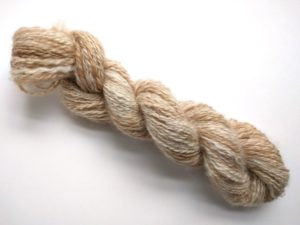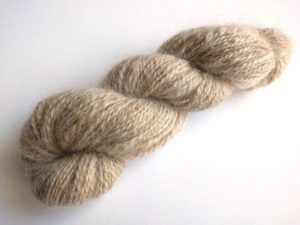I’m sitting at my computer in the semi-dark middle of the day, with the rain pelting my house and the wind alternating between whipping around like a wild thing and falling eerily silent. The lights and heating are on at the moment, but there’s no guarantee they’ll stay that way. This is not typically how the rainy season works in the Northwest. This feels more like a Southeastern or Midwestern storm. But it seems to be how the changing of the fall season blows itself in here. Like a lion.
This one is a double whammy though – one very strong storm, followed too quickly by the remnants of a typhoon. Heavy rains, strong winds, downed trees, power outages. We might even see a small tornado, or hear the boom of thunder. Shocking occurrences for this part of the continent.
But, being the well-trained southern woman I am, this house is ready. There are always a stock of candles and lighters around the house, water in the pantry, food that can be cooked on a camp stove or eaten cold, firewood stacked neatly, and knitting at the ready. There’s a sleeping bag handy for every member of the household in case we need to camp in front of the fireplace.
Even my spinning wheel is no stranger to camping out. Or in, as the case may be.

Lately the wheel and I have been playing with color. It goes in spurts – sometimes I feel the need to spin natural, un-dyed fibers, and sometimes I need to spin colorfully dyed fibers. This latest spurt is all about the hand dyed color.
Greenwood Heathered BFL Gradient
While we were in South Lake Tahoe this summer I snapped this photo of the surrounding mountains at sunset. The smoke from the wildfires in California had blown in and settled a haze over the area. I thought the gradient of blues captured there was just beautiful and it inspired me to try and spin some yarn to match.

Now, I love it when my stash contains exactly the materials I need when a particular creative mood strikes. Being in the creative zone and not having the right materials at hand to feed that creativity is so frustrating. I think that’s really why we have such large stashes – we never know what creative urge is going to strike and when. In this case I was able to go right to the stash and pull out the exact fiber in the exact colors I needed for this project. Hooray to past-me who bought this fiber on a whim, just because I liked it.

The gradient of the dyes were already a very good approximation of the gradient in my photo. So I decided to divide up the braids for spinning to try and preserve the color shift as much as possible in the plied yarn. Each half-braid was spun onto one bobbin, from lightest to darkest. My hope was that when the two bobbins were plied the colors would match as much as possible in long lengths, then mingle just a little bit as lighter gave way to darker, match, mingle, match, mingle, match…

The spinning and plying on this project worked beautifully. The long matches and shorter mingling in the finished yarn is spot on with the vision in my head. My sunset photo come to life in yarn. The yardage is sufficient for a lovely lace shawl too – to really show off the color changes – so that’s the plan for the next step. Though that will have to wait until after the Holidays.

For the spinners:
Dyeabolical Shetland Thunderboom
I was riding high on the success of the blue gradient for this next project. I still wanted something with color, but maybe a little more moody and with a toothsome feel. Again, I went to my stash and pulled out just the thing for my creative urge. A braid of Shetland wool in a hand-dyed colorway designed to evoke the feeling of a thunderstorm.
 Wanting to keep things simple and let the colors do all the work, I stripped the fiber lengthwise into two, and spun each half onto a bobbin from end to end. It was an easy, relaxed spin. The perfect accompaniment to camping and shopping at a fiber festival at the end of the summer.
Wanting to keep things simple and let the colors do all the work, I stripped the fiber lengthwise into two, and spun each half onto a bobbin from end to end. It was an easy, relaxed spin. The perfect accompaniment to camping and shopping at a fiber festival at the end of the summer.

My finished 2-ply yarn is a lovely mix of matched and mingled colors again. And the colorway is named well – shades of grey with moody greens. I can see the summer thunderclouds gathering over the low hills. My choice of Shetland wool for the fiber base means that the feel of the yarn is more traditionally “wooly” than luxurious, but I deliberately spun it using a technique that yields a softer hand so that it is squishy, airy, and light. I love it, though it has yet to tell me what it wants to be knit into, so off to the yarn stash it goes.
For the spinners:
- Fiber: Dyeabolical Shetland, colorway Thunderboom
- Ravelry project page: here
The sky outside hasn’t developed that greenish tinge that signals an approaching tornado, so I think we’re safe for the moment. I’m keeping an eye on the wind in the trees. And saying a thank you for the power staying on long enough to get another blog post published. Though the spinning wheel is calling me to make the next batch of colorful yarn…even if the lights are still on.













